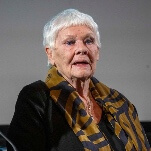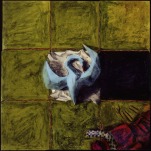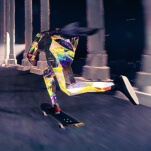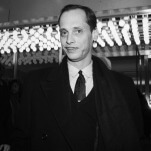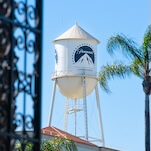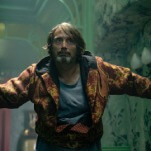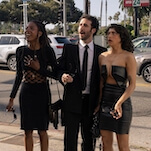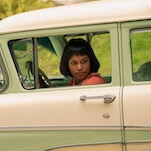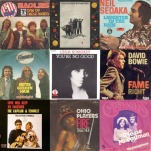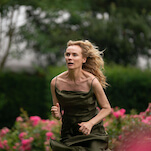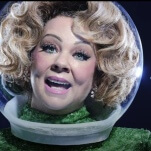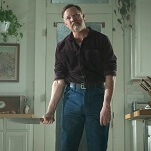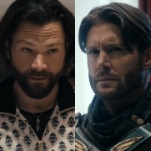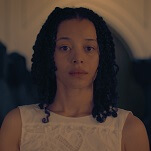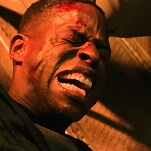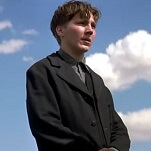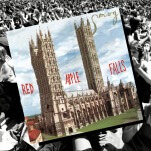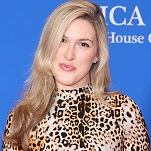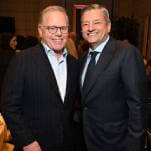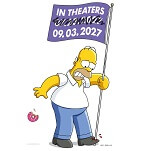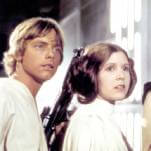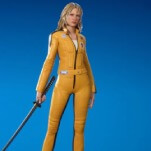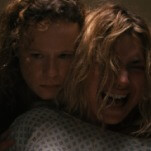Pinning down Kathryn Bigelow’s fascinating, elusive filmography
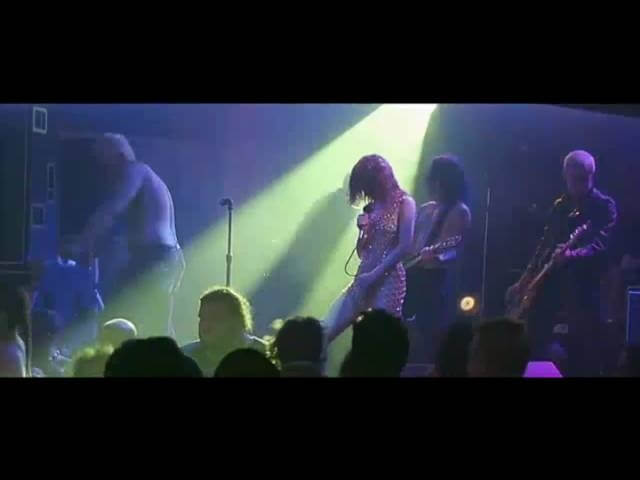
Pop culture can be as forbidding as it is inviting, particularly in areas that invite geeky obsession: The more devotion a genre or series or subculture inspires, the easier it is for the uninitiated to feel like they’re on the outside looking in. But geeks aren’t born; they’re made. And sometimes it only takes the right starting point to bring newbies into various intimidatingly vast obsessions. Gateways To Geekery is our regular attempt to help those who want to be enthralled, but aren’t sure where to start. Want advice? Suggest future Gateways To Geekery topics by emailing [email protected].
Geek obsession: Kathryn Bigelow
Why it’s daunting: Plowing through Bigelow’s filmography isn’t all that daunting, really: Nine features in 30 years, all but one (The Weight Of Water) accessible, compelling, by-the-lapels genre fare. But as the recent debate over Zero Dark Thirty has demonstrated, Bigelow can be a tough filmmaker to pin down, a dynamic stylist whose work has a muscularity similar to that of her ex-husband, James Cameron, but resists easy association. She’s directed cop thrillers (Blue Steel, Point Break), science fiction (Strange Days), a horror-western (Near Dark), a biker movie (The Loveless), a literary mystery (The Weight Of Water), and war movies of various stripes (K-19: The Widowmaker, The Hurt Locker, Zero Dark Thirty), but her versatility makes it difficult to find a single common thread that brings all of her work together. Some of her films suggest a two-fisted feminist who champions powerful women trying to make their way in a man’s world, but not all. Others show her eagerness to mix up or subvert genre expectations, or use them as a vehicle for political sentiment, but that banner doesn’t stretch far enough to accommodate everything.
With a background in painting and visual art, Bigelow could be broadly described as having a great eye for color and composition, but she also has a restless style that necessitates constant movement and often complex, meticulously orchestrated setpieces. She largely operates within the Hollywood system, but she’s never conformed to it: Even in the rigid medium of commercial television, where she’s done a little for-hire work here and there, Bigelow’s name has appeared on shows that were not exactly generic entertainments: Homicide: Life On The Street, Wild Palms, Karen Sisco. Bigelow’s career has advanced in phases—in and out of the mainstream in the ’90s, briefly in the wilderness in the early ’00s, currently surging in collaboration with journalist-turned-screenwriter Mark Boal—and perhaps the best approach is to follow the ups and downs in near-chronological order, to discover how she developed over time. It’s not quite an “evolution”—her two recent films with Boal are perhaps her best, but they’re preceded by two of her worst—but it’s a fascinating and elusive journey.
Possible gateway: Near Dark (1987)
Why? Short answer: Because it kicks unholy amounts of ass. Long answer: Because it’s a thrilling demonstration of how deftly Bigelow can take a subgenre as overharvested as the vampire film and make it seem fruitful once again. And she does it by both amplifying the gothic atmosphere—a great Tangerine Dream synth score helps on that front—and bringing in elements from a shit-kicking Western, following vampires who drift from town to town, stirring up trouble wherever they go. Set in the rural backroads of Oklahoma and Iowa—the presence of the former distinctly recalls S.E. Hinton’s The Outsiders and Rumble Fish, adapted by Francis Ford Coppola earlier in the decade—Near Dark stars Adrian Pasdar as a James Dean-type who falls for an attractive young stranger (Jenny Wright) who happens to be a vampire. Though Wright runs with a vampire clan full of roughnecks and savages, including Cameron favorites like Lance Henriksen and a deliciously psychotic Bill Paxton, the couple connects on the more intimate planes of poetry and passion. (After she turns him, she shows him how the world will look through new eyes, pointing to the moon and saying, “The night, so bright it will blind you.”)
Bigelow finds a way to reconcile two very different kinds of vampire stories: the seductive, all-consuming romance of the Dracula myth with its promise of eternal love, and the fang-bearing, blood-soaked viscera of an out-and-out horror movie. The latter always threatens to overwhelm the former—Pasdar, weakened by his transformation and lacking the will to feed, risks getting put out of his misery by the others if he fails to hunt—but the film keeps these elements in balance as long as it can. Then Bigelow unleashes perhaps the best sequence of her career, save maybe the raid on Abbottabad in Zero Dark Thirty: an attack on a sleazy roadhouse bar that turns into a relentlessly gruesome free-for-all. Choosing this moment to surrender any of the gauzy romanticism that had dominated earlier sections of the film, Bigelow reveals the vampire clan as creatures of unfathomable cruelty and brutality. It’s a dream of a film that slips into a cold-sweat nightmare, one from which its hero cannot wake up.
Next steps: Skip ahead to the ’90s, starting with 1991’s Point Break, Bigelow’s oft-ridiculed yet widely adored (often by the same people) surfer-heist action movie. Bigelow’s attraction to graphic beauty and a softer brand of machismo finds the perfect object in Patrick Swayze’s Bodhi, a California surf philosopher who finances his endless summer through brazen bank robberies. Ever the peacenik, Swayze and his “Ex-Presidents” gang—so known for their masks of Reagan, Carter, LBJ, and Nixon—breeze through like “ghosts,” but a green F.B.I. agent with the equally improbable name of Johnny Utah (Keanu Reeves) picks up on the scent. His undercover friendship with Swayze becomes the film’s secret romance, with Swayze confidently offering some serene nugget of Zen wisdom and Reeves, in full “whoa” mode, being totally receptive over his better professional judgment. Point Break isn’t the easiest film to defend, as no film about a bank-robbing Zen surfer could ever be, but it affords Bigelow an opportunity to luxuriate in whitecaps and breakers, and transform extreme pursuits like skydiving into exhilaratingly beautiful sequences.



